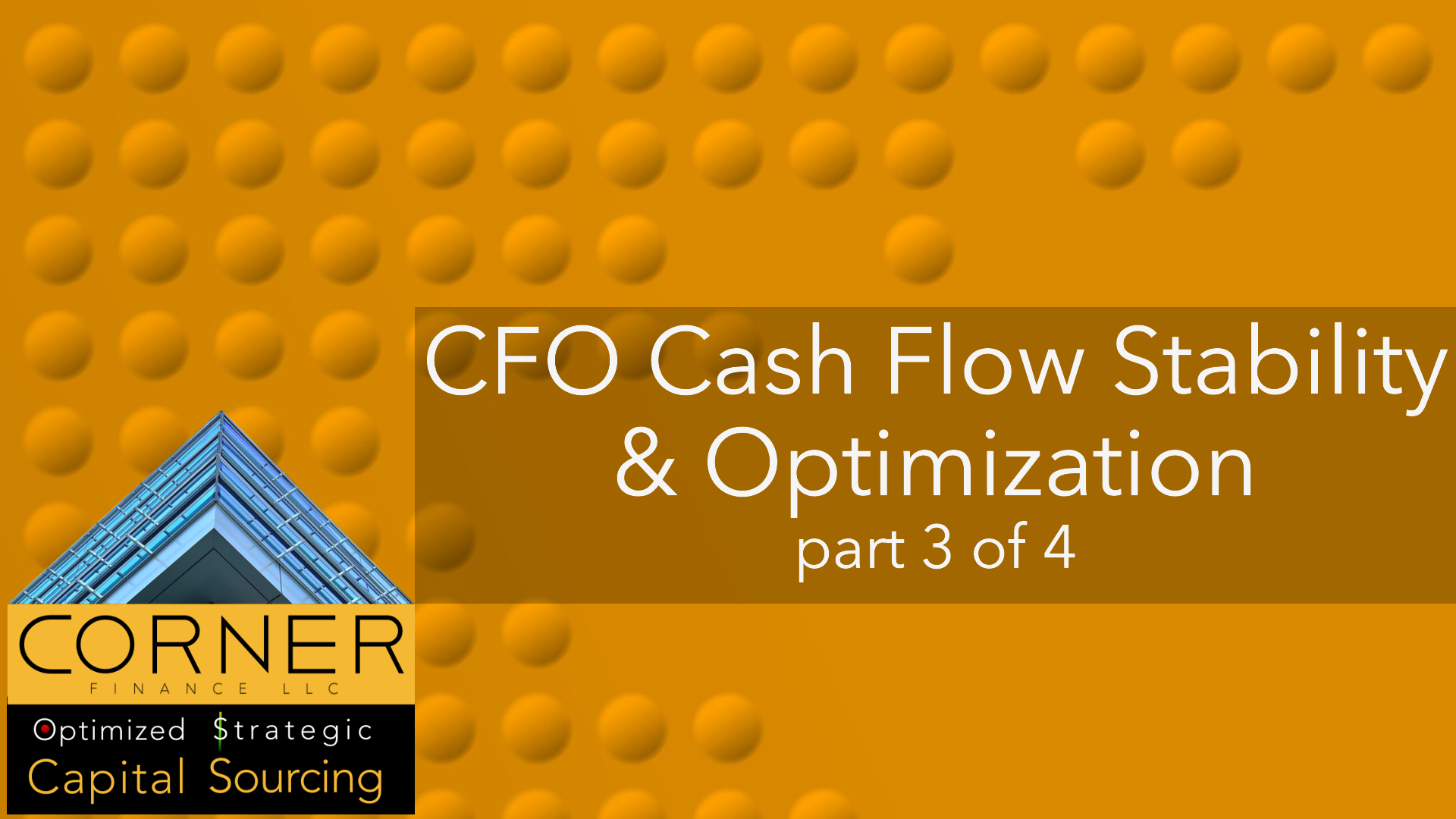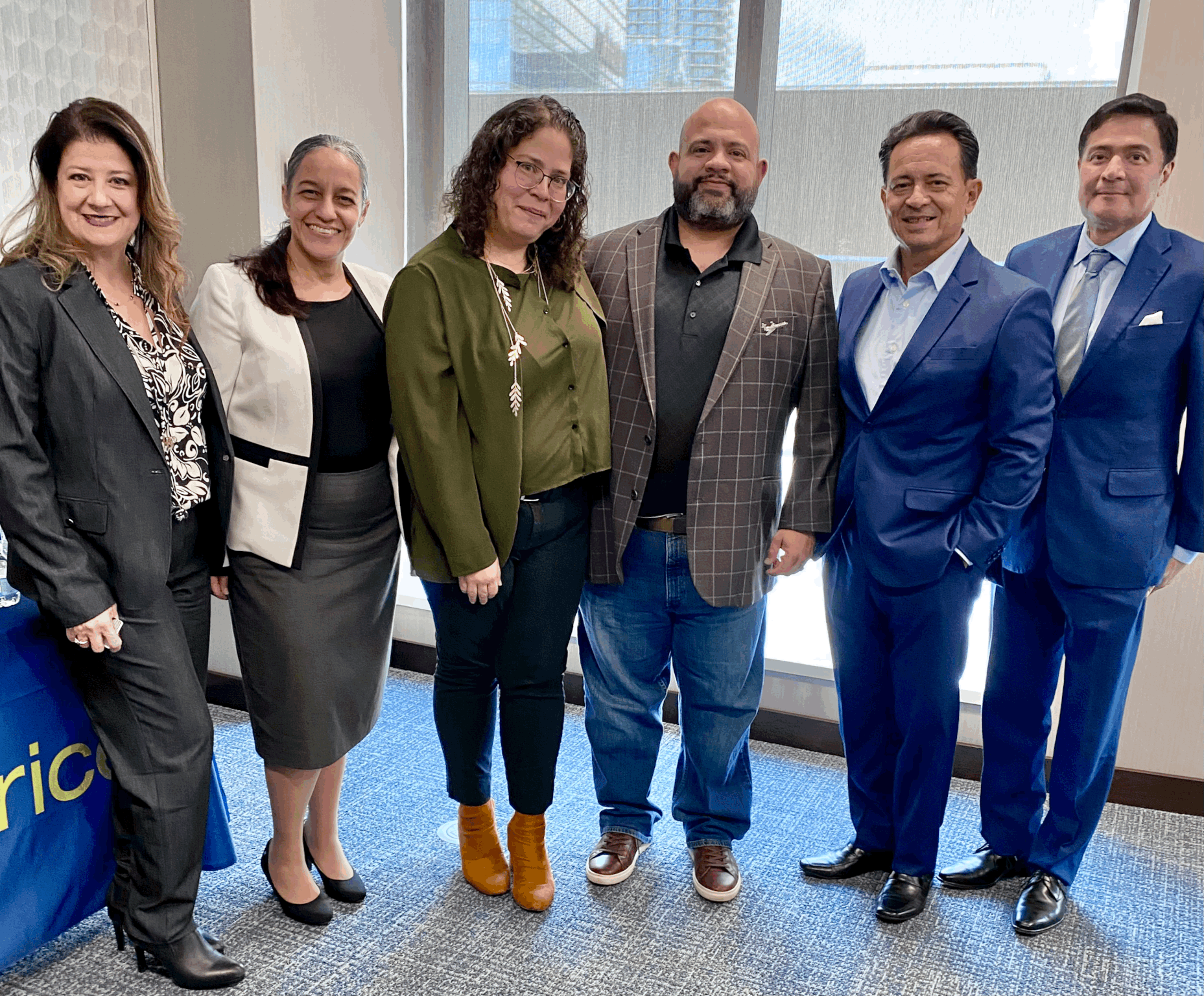TURNING TROUBLED DEBTOR STATUS INTO AN OPPORTUNITY
It is imperative that a proactive methodical search for strategic funding partner be done before the company’s status deteriorates to troubled debtor, a label that can undermine the ability to access the best funding sources.

”TROUBLED DEBTOR" EXISTENTIAL QUESTION
CEO’s and CFO’s of companies nearing "troubled debtor status” should confront as early as possible an existential question: if staying with their lender under current constraints will cause a turn-around, or if finding a strategically-matched, funding partner (bank or non-bank lenders) will improve the chances of their business surviving and thriving.
It is imperative that a proactive methodical search for strategic funding partner be done by a professional independent capital sourcing service before the company’s status deteriorates to troubled debtor, a label that can undermine the ability to access the best funding sources.
Early introductions to potential strategic funding partners enables companies to preserve their strong negotiating position, enhancing their chances of survival and likely enabling growth opportunities.
EARLY INDICATORS
Without being officially notified, nearing troubled debtor territory brings with it enhanced scrutiny. Early indicators can be perceived by an increase in constraints to debt lines, additional reporting mandates, operational limits and even suggestions of a reduction of credit lines, placing strategic planning under uncertainty.
CEO’s and CFO’s will feel less flexibility when drawing cash needed to capture emerging opportunities as the lender hesitates to extend credit even for throughly analyzed opportunities that are seen as viable avenues for additional business.
WAITING TOO LONG
The move to a change of status starts as internal back-room risk analysis discussions, while the borrower, who remains focused on their business, may not perceive their precarious position early enough to seamlessly transition to a new strategic funding source—a process that takes time and effort to get right.
As the clock counts down, a friendly lender will try to help the borrower improve parameters by suggesting an increase in collections, expanding sales and reducing expenses. But this support will not happen indefinitely! Without noticeable improvement the borrower will be asked to pay-back the loan and find a new home. Following signifiant stress, the bank will use legal means to “call the loan” and move to liquidate any guarantee that it may have to recoup the loan.
“Financial Advisors have long complained that lenders always wait too long to involve them in the process of helping troubled borrowers. As we all know, such borrowers are usually short of two key components, time and working capital. The earlier a consulting entity enters the picture, the more time it has to work on addressing these shortages.”
YOU ARE STILL ON THEIR RADAR
Current industry reports indicate that banks are prioritizing distressed commercial real estate loans. However, this does not mean that marginally distressed commercial loans are being ignored, but that they are temporarily given lesser priority as the "workout departments" are preoccupied with more pressing issues.
“..market sources cautioned that liquidity could become an issue now that the Fed has pivoted toward quantitative tightening. For example, distressed investors have been closely following Valley National Bancorp (Nasdaq: VLY), market sources said. With total assets of $61 billion, 64% of VLY’s domestic loan portfolio consists of CRE loans, representing 694% of its common equity tier 1 (CET1), according to a JP Morgan research note in February. Zwirn added that lenders are reluctant to work out loans or sell distressed ones for the time being. Workouts would trigger an appraisal and force the bank to mark to market, while selling now would realize a loss that the bank needs to build reserves for, he added.”
Tom Lesch: “The banking crisis certainly was a dose of reality for workout groups and special asset units. Banks need to manage businesses that miss covenants more actively. While it is understandable to be sympathetic to the first covenant breach, after two quarters, work-out lenders need to manage distressed credits actively; if they don’t, it is usually too late, and a refinance becomes impossible. While non-bank lenders generally have flexible underwriting standards, these groups are better at supporting good businesses with bad balance sheets, not bad businesses. Non-bank lenders cannot be expected to simply fix every bank workout credit that comes along.” [3]
A COSTLY MISCONCEPTION
Despite growing constraints, directors hesitate to search for new funding sources, misled by the belief that their current lender offers the best rates and firing that alternatives will provide a less favorable experience; a belief compounded by a fuzzy fear of change, making mistakes, or unexpected disruptions. This further from truth since focusing solely on interest rates overlooks the life-time costs of a loan, after including fees.
More important is the loss in competitive agility due to the limitations imposed by banks due to their own regulatory constraints.
When companies are properly matched to strategic capital sources by an independent capital sourcing intermediary there is greater clarity to the transition process, opening doors to high quality funding options. These funding sources are more inclined to cooperate closely, to aid the company in regaining momentum and leveraging its market position to its full potential.
CONCLUSION
Lender constraints should point to the need of business owners to proactively manage their financial destiny. While the comfort of existing finacing relationships might induce hesitation, the benefits of transitioning to a well-matched strategic funding source that understands and aligns with a company's market, clientele, objectives, and possesses the necessary complementary expertise should not be underestimated. A strategic shift can provide the financial flexibility needed for a business to thrive.
CORNER’s application of the proper methodology for searching, identifying and matching funding sources with companies fosters an environment that attracts the most suitable candidates to compete for your business, offering more advantageous terms. The result that we have experienced is that businesses not only receive improved lines of credit but better hands-on support designed to stimulate the company’s financial growth.
Finding the right strategic capital partner will likely reveal unrecognized avenues for growth, moving beyond the current “safe but limited” funding relationships.
Visit us at www.cornerfinance.com or contact us via email troubleddebtor(@)cornerfinance.com us for a conversation about our services.
FOOTNOTES
[1] Proactive Management Of Potentially Troubled Borrowers\
[2] Global Distressed Credit Weekly Wrap - 22 March 2024- Pitchbook / LCD
[3] ABL Industry State of the Union Q1 2024 - ABL Advisor


















